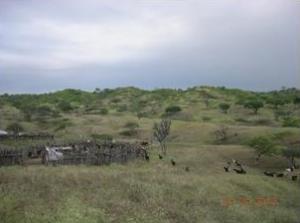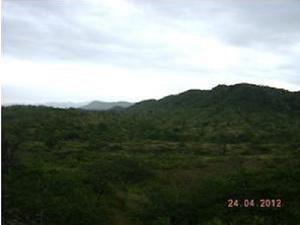Renzoandre De la Peña Lavander
This projects aims to produce a model that helps to identify and better understand the factors leading to the degradation and deforestation of the dry tropical forest of Northwest Peru.
The seasonally dry tropical forest located in Northwest Peru is an unique ecosystem flourishing in one of the most arid environments on earth. It provides habitat to a wide variety of endemic species and it is a major source of water and other resources for the rural habitat of the - otherwise desert - coast. In recent decades deforestation and extensive farming, among other unknown factors, are damaging this remarkable ecosystem.

This project works toward the identification of the main factors driving degradation and deforestation processes at the same time that we try to quantify the effect of the interaction of those factors over the ecosystem. For this purpose a modelling approach that uses data gathered in situ from interviews with locals and a forest inventory will be used. The inventory measures quantitative (canopy cover, mean diameter at breast height, mean tree height, number of species, etc) and qualitative data related to the structure and conservation status of the forest under different anthropogenic pressure regimes that combined with socioeconomic information (mean number of members per household, mean number of heads of livestock per household, mean annual fuelwood consumption per household, means annual income per household) from the rural people living in the forest serves as input for the model. The modelling approach used is based on the behaviour of individuals (agents) and uses a randomization of those agents to explain processes occurring at landscape scale, in this specific case at the extension of the seasonally dry forest of northwest Peru.

There is rising concern, among local and regional authorities, for understanding the factors driving the dynamics of dry forest and its change. This with the intention to implement efficient policy and measures against forest degradation and deforestation. The proposed model is an attempt to integrate the limited and scatter information about the dry forest and the rural people of the Peruvian north coast to make prospections on the future of the dry forest, providing managers and authorities a tool to improve its conservation and management.